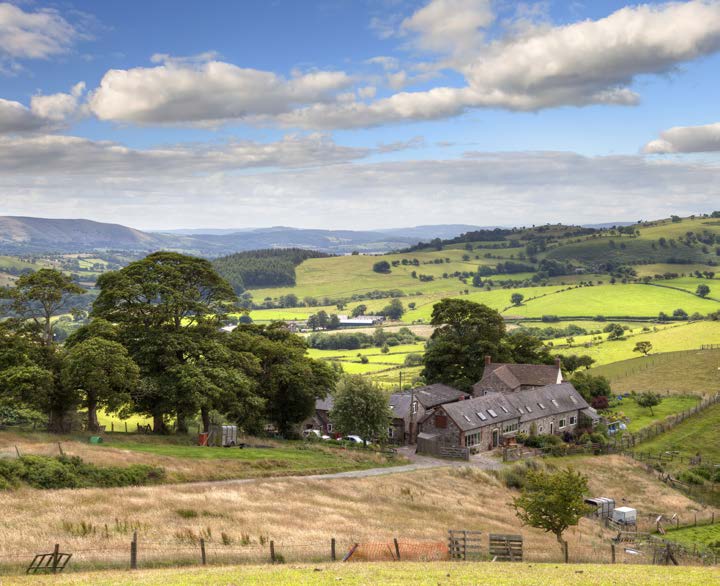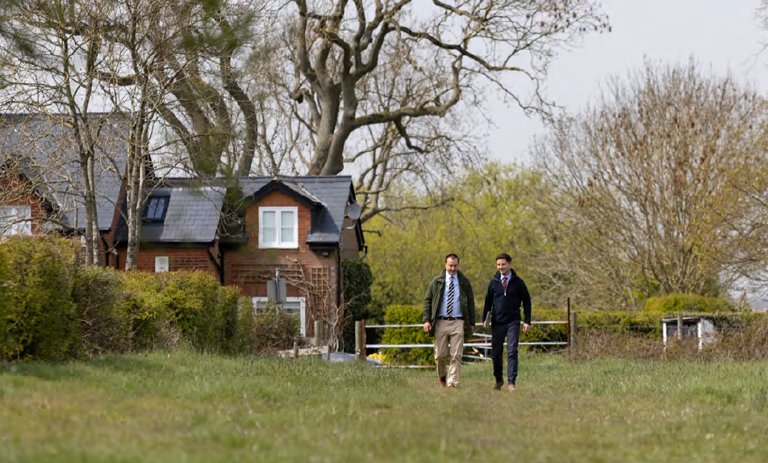Rural Investment Portfolios
Rural investment portfolios offer significant potential whilst providing a safer investment opportunity than other, higher-risk, asset classes.

Whilst Brexit and the removal of the Basic Payment Scheme subsidies contributed to a dropping back of land prices, a prolonged period of low supply and the increasing variety of investors in land has resulted in buoyed vacant land values, despite the recent increasing supply.
Activity is a key factor in the successful management of such portfolios and is a key driver of total return, with income return at more modest levels. Significant, but often one-off events such as secure tenancy reversions and the realization of development sites add meaningfully to the market-wide increases in land prices.
Rural portfolios are not without challenges. The wider economic situation and higher interest rate environment have resulted in lower values subject to tenancy. Residential properties are also subject to an increasing legislative burden, alongside a general stagnation of the residential market.
Issues with the planning system in the UK are well rehearsed. Delays in achieving allocations and ultimately, planning consent for alternative uses, has a direct impact on the realization of capital growth. However, proposed relaxation and widening of Permitted Development Rights does offer some positivity.
Change brings opportunity and there are plenty of opportunities for rural portfolio managers to take advantage of, particularly as the country progresses down its journey to net zero by 2050. The market for carbon offsets is set to grow and rural property has a significant part to play.
Renewable energy will continue to be an attractive prospect for rural landowners, where grid availability and planning policy are both favorable. Alongside this, nature-based solutions such as woodland creation and carbon capture through peatland are supported by the Woodland Carbon Code and Peatland Code respectively.
Although many developments have already been required to evidence Biodiversity Net Gain, the requirement to deliver at least 10% net gain is now a statutory obligation for most sites. It is likely that some local planning authorities will seek in excess of the 10% figure. Where such a requirement cannot be delivered on-site, developers look for offsite solutions, which can provide lucrative opportunities for landowners who can deliver habitat creation cost-effectively.
Finally, the strategic land market is active and there are a number of local authorities either unable to demonstrate a five-year housing land supply, or only able to demonstrate a marginal one that is likely to be eroded. The delivery of large-scale infrastructure projects, such as East West Rail, will also bring about development opportunities for those properties within the right geographical areas.
Rural Property Index

Bidwells’ Rural Property Index explores these issues in more detail alongside detailed analysis of results from our managed investment portfolios and is due to be released shortly. Look out for a copy!


